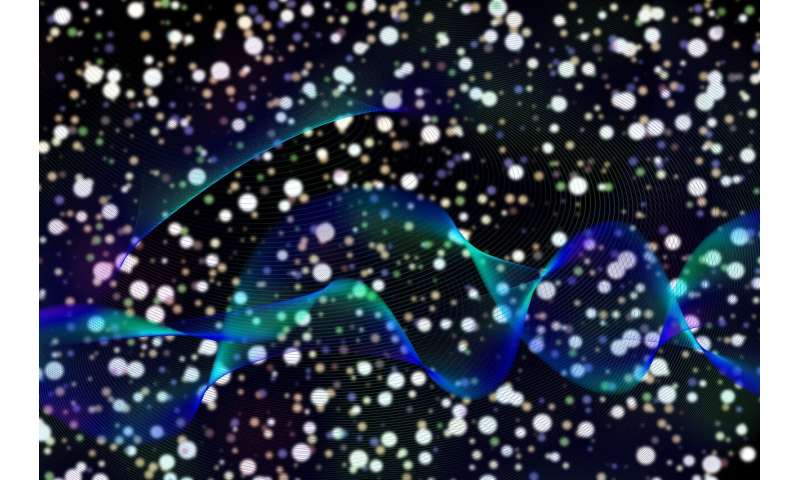
Global internet is growing at a compound rate of 24% per year, reaching 3.3 zettabytes per year by 2021. High-speed optical communication is urgently needed in this ever-connected world, and to keep up with this growth, developments in the fabrication of optical transceivers are sorely needed. Ph.D. candidate Xiao Liu, of the TU/e Department of Electrical Engineering, researched new ways to integrate the electronic circuits and photonic devices that make up optical transceivers. He will defend his Ph.D. thesis on 1 December 2020.
The electronic and photonic components of optical transceivers are usually fabricated with different technologies and then integrated, or packaged together, later. With the development of optical communication systems, which require higher speeds and further reduction of cost and power consumption, this packaging has become a significant bottleneck to the performance of combined electronic-photonic systems. New, small-size packaging technologies are needed that do not affect the optical transceivers' performance or increase their power consumption.
Liu studied electronic circuit and system approaches to develop a new 3-D photonic-electronic wafer-scale integration technology. In this new integration technology, the photonic wafer is bonded on top of the electronic wafer using adhesive polymer bonding technique. Then electrical connections are established through the polymer.
From AC to DC
Liu's first step was to develop a new design methodology for high-speed optical modulator drivers. In general, the amplifier design targets frequency-domain parameters, such as bandwidth, group delay variation, linearity, etc. Buth the specifications of the driver are generally described in the time domain, such as data rate, eye diagram, etc. Liu's proposed methodology concentrates on the links between the two domains. Then he used different circuit design techniques to improve frequency-domain specifications with the aim of achieving in high data rate and high-quality eye diagrams in the time domain. This proposed methodology resulted in the implementation of a distributed driver that achieves state-of-the-art 56 Gbaud PAM4 (112 Gb/s) transmission.
Liu's second research topic is related to the driver-modulator interface in 3-D wafer-scale integration. Currently, most photonic modulators require a DC bias to operate at their optimum. This is known as the AC-coupled scheme, which easily realized through wire bonds and external surface-mount components. However, the move towards 3-D wafer-scale integration makes external components impossible: the driver-modulator interface is located inside the module. Therefore, a DC-coupled scheme is required, which is a direct connection between the driver's output and the optical modulator's input. Liu proposes two new DC-coupled driving schemes; one that helps improve the compactness of Mach-Zehnder modulator (MZM) transmitters and one to account for different modulation formats and fabrication tolerances of MZMs.
The proposed methodologies and 3-D electronic-photonic wafer-scale integration technology hold great promise for the future of optical communication.
Citation: Creating a next-generation photonic-electronic integration circuit (2020, December 2) retrieved 2 December 2020 from https://ift.tt/3fYBETX
This document is subject to copyright. Apart from any fair dealing for the purpose of private study or research, no part may be reproduced without the written permission. The content is provided for information purposes only.
"Electronic" - Google News
December 01, 2020 at 08:30PM
https://ift.tt/3fYBETX
Creating a next-generation photonic-electronic integration circuit - Phys.org
"Electronic" - Google News
https://ift.tt/3dmroCo
https://ift.tt/3bbj3jq
No comments:
Post a Comment